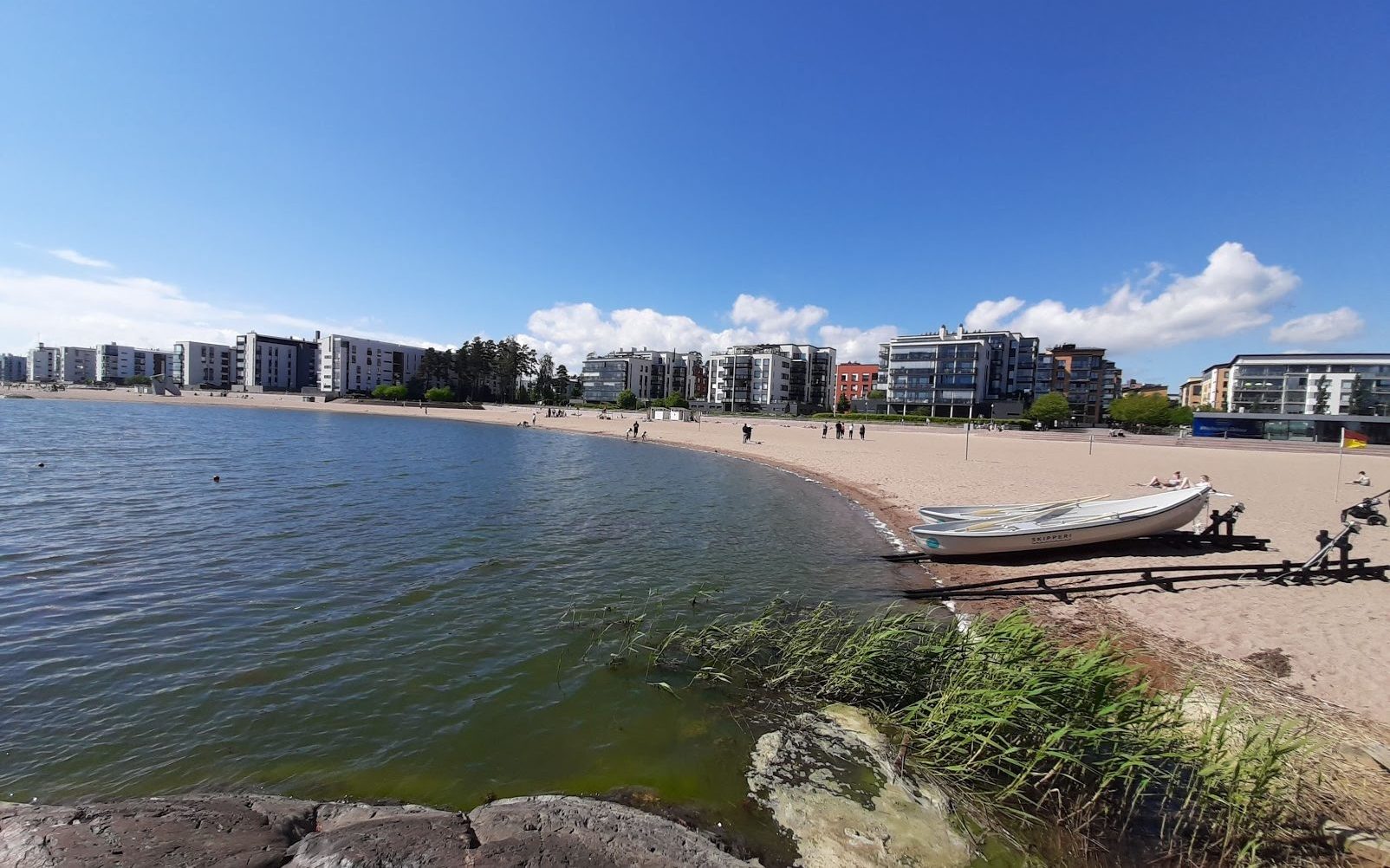In order to provide places where people can enjoy access to water and also obtain many of the health and well-being benefits associated with such blue spaces, it is important to be able to make effective links from a planning and design perspective. A tool for evaluating a place in a holistic way, through integrating a number of domains (such as the social, physical or ecological), and which enables the positive and negative aspects to be identified is needed.
The tool presented here provides a comprehensive method of assessing all relevant domains related to ‘blue spaces’ (any outdoor space that prominently features water, and which individuals may experience, whether by direct contact in, on or by the water, or by indirect means such as seeing it). The tool is designed primarily for identifying the extent to which a particular blue space provides opportunities for obtaining exposure to water but also what impacts there might be on the environment itself. It can be used as a means of collecting data for monitoring purposes, as a starting point in a planning and design project for upgrading, restoring or providing new access to waterfront landscapes, or as a post-occupancy evaluation of a built project.
The tool is designed to be used by two distinct groups for which there are two versions: the Professional Tool and the Community Tool.
The Professional tool is aimed at experts such as landscape architects, ecologists, recreation planners, urban planners or hydrologists who know the relevant domains and have sophisticated methods or instruments for assessing many of the factors. A team of experts might be used to collect and interpret the data, to relate data collected on-site to that available from monitoring stations (for example air or water pollution) or from other statistical sources (such as socio-economic data about local residents) and, most importantly, to relate the factors to one another and not just treat them separately.
The Community tool is aimed at local community or citizen groups who have an interest in their local environment and want to be able to check aspects of a place such as how safe it is for their children to go swimming or to educate themselves in urban ecology as well as to help themselves develop a project for the improvement of a local place. School students may also use the tool, for example in science projects or in studies of the local environment, its hazards and changing conditions. Communities often have members who are themselves rather knowledgeable about some areas, such as bird watchers or fishermen, whose expertise or tacit knowledge might be capitalised upon for the purpose of collecting good quality data.
For more information about this tool please contact Himansu Sekhar Mishra at himansu.mishra@luke.fi.
When using the Tool please include the following reference:
Mishra, H S, S Bell, P Vassiljev, F Kuhlmann, G Niin, and J Grellier. 2020. “The Development of a Tool for Assessing the Environmental Qualities of Urban Blue Spaces.” Urban Forestry & Urban Greening 49 (January): 126575. doi.org/10.1016/j.ufug.2019.1265
To use the BEAT please visit:

